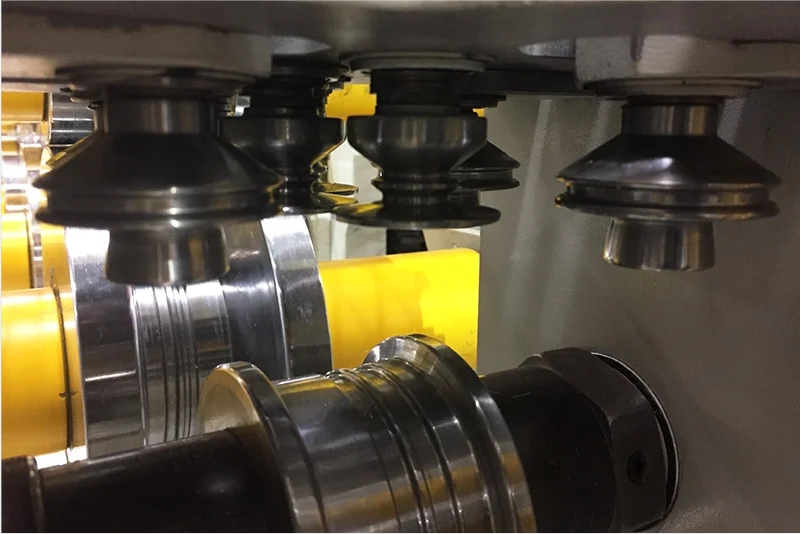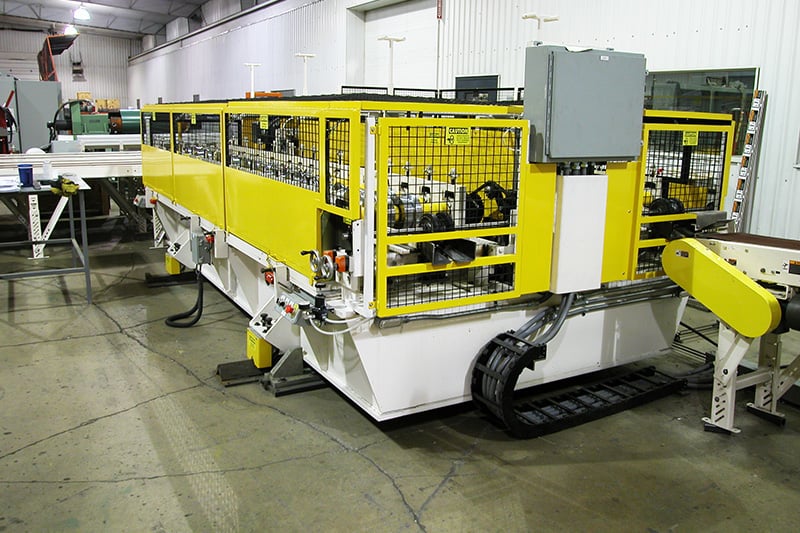Navigation Menu
Contact Us
- Email:
- info@wxavatar.com
- Address:
- Yurong Village, Yuqi Street, Huishan District, Wuxi, China.
Release Date:Jun 26, 2025 Visit:65 Source:Roll Forming Machine Factory
The lighting industry relies on advanced precision tools to ensure consistent quality in bulb and fixture production. As consumer expectations rise, manufacturers must maintain tight tolerances, efficient assembly, and reliable performance. This article examines how precision tools contribute to higher-quality lighting products.

1. Accurate Component Manufacturing
Precision cutting, molding, and machining tools ensure that critical components—such as LED chips, filaments, and housing parts—meet exact specifications. Computer Numerical Control (CNC) machines and laser cutting systems produce uniform parts, reducing variations that could lead to performance issues.
2. Consistent Assembly Processes
Automated robotic arms and pick-and-place machines install delicate components with high accuracy. This minimizes human error in tasks like LED placement, wire bonding, and glass sealing, resulting in fewer defects and longer-lasting products.
3. Improved Heat Dissipation
Thermal management is crucial for lighting longevity. Precision tools help design and manufacture heat sinks with optimal fin density and surface area. Advanced CNC milling and die-casting ensure proper fit and heat transfer, preventing overheating and premature failure.
4. Enhanced Optical Performance
Lenses and reflectors must direct light efficiently. Precision injection molding and diamond-turning machines create optical components with exact curvature and smoothness, improving light distribution and reducing glare or uneven illumination.
5. Tight Quality Control
Vision inspection systems and automated testers verify product integrity at high speeds. These tools detect minute flaws—such as micro-cracks, soldering defects, or incorrect color temperatures—before products leave the factory.
6. Faster Prototyping and Iteration
3D printing and precision machining allow rapid prototyping of new designs. Engineers can test and refine fixtures quickly, reducing development time while maintaining high manufacturing standards.
7. Reduced Material Waste
Precision tools optimize material usage by minimizing errors in cutting and shaping. This lowers production costs while ensuring components meet exact design requirements.

Conclusion
Precision tools play a vital role in elevating the quality of bulbs and lighting fixtures. By enabling accurate manufacturing, consistent assembly, and rigorous testing, these technologies help manufacturers deliver reliable, high-performance lighting products. As production demands grow, continued advancements in precision tooling will further enhance efficiency and product excellence.
Investing in high-precision manufacturing equipment allows lighting producers to stay competitive while meeting the increasing demand for durable, high-quality illumination solutions.